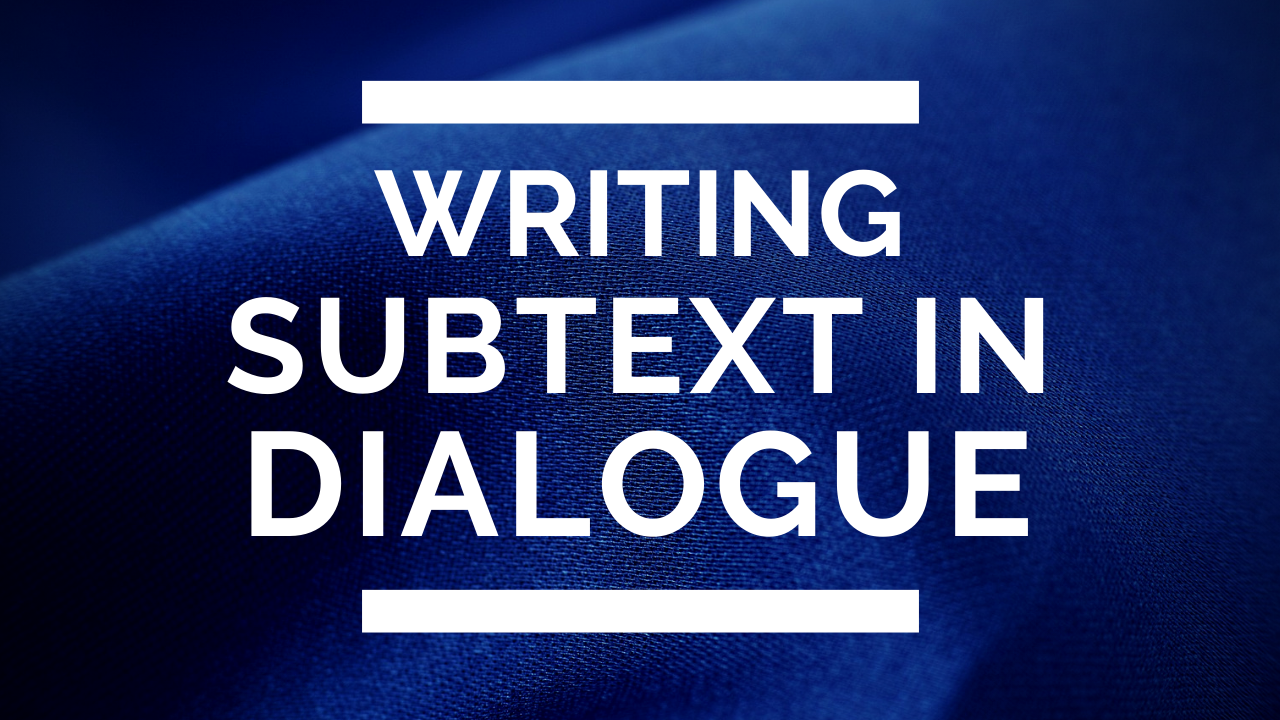
In the realm of storytelling, what is left unsaid can often be more powerful than what is explicitly stated. This is the art of subtext in dialogue—a technique that adds depth, layers, and complexity to your characters and narrative. Subtext allows audiences to read between the lines, engaging them on a deeper emotional and intellectual level. Let’s explore how you can master the use of subtext in your scripts and elevate your storytelling and character development.
Why is Subtext Important?
Subtext enriches your story by:
- Creating Tension: Characters saying one thing while meaning another can generate conflict and suspense.
- Revealing True Emotions: It allows characters to express their true feelings without bluntly stating them, making them more relatable and realistic.
- Engaging the Audience: Viewers or readers are encouraged to actively interpret the characters’ true intentions and emotions, making the experience more immersive.
Techniques for Writing Subtext
1. Show, Don’t Tell
How it works: Instead of having a character state their emotions, show it through their actions or reactions. For instance, rather than saying “I’m angry,” a character might slam a door or speak in a clipped tone.
Example: Instead of:
- “I’m nervous about the meeting.” Try:
- “Do you think the boss will ask about the report? I mean, it’s not like it’s late or anything.”
2. Use Contradictions
How it works: Have characters say one thing but their actions or expressions suggest the opposite. This can create a layer of complexity, hinting at internal conflict or hidden motives.
Example: A character says, “I’m fine,” while avoiding eye contact and fidgeting with their hands.
3. Imply Through Context
How it works: Build situations where the context provides the real meaning behind the dialogue. Background information, past events, or the setting can all contribute to the subtext.
Example: In a scene where two former lovers meet after years, a simple “It’s been a while” can be loaded with subtext, implying unresolved feelings or regrets.
4. Leverage Non-Verbal Cues
How it works: Body language, facial expressions, and tone of voice can all convey subtext. These non-verbal cues can suggest what a character is truly feeling without them having to say it.
Example: A character’s hesitant smile while congratulating a rival can suggest underlying jealousy or resentment.
5. Use Silence and Pauses
How it works: Sometimes, what a character doesn’t say can be as powerful as what they do say. Strategic use of pauses and silence can convey hesitation, discomfort, or unspoken thoughts.
Example: A character starts to say something, stops, and then changes the subject, indicating there’s more they’re not revealing.
The Impact of Subtext on Storytelling
- Enhances Character Development: Subtext allows you to show different facets of your characters. Their true emotions, fears, and desires are revealed subtly, making them multi-dimensional and relatable.
- Deepens Emotional Engagement: When the audience has to infer meaning and read between the lines, they become more emotionally invested in the story. This active engagement can make the narrative more compelling.
- Adds Realism and Authenticity: In real life, people rarely say exactly what they mean. By incorporating subtext, your dialogue mirrors real conversations, adding authenticity and believability to your script.
Conclusion
Mastering the art of subtext in dialogue can transform your script from straightforward to richly layered, making your characters and story more engaging and realistic. By showing rather than telling, using contradictions, implying through context, leveraging non-verbal cues, and employing strategic silences, you can create a compelling narrative that resonates deeply with your audience.


